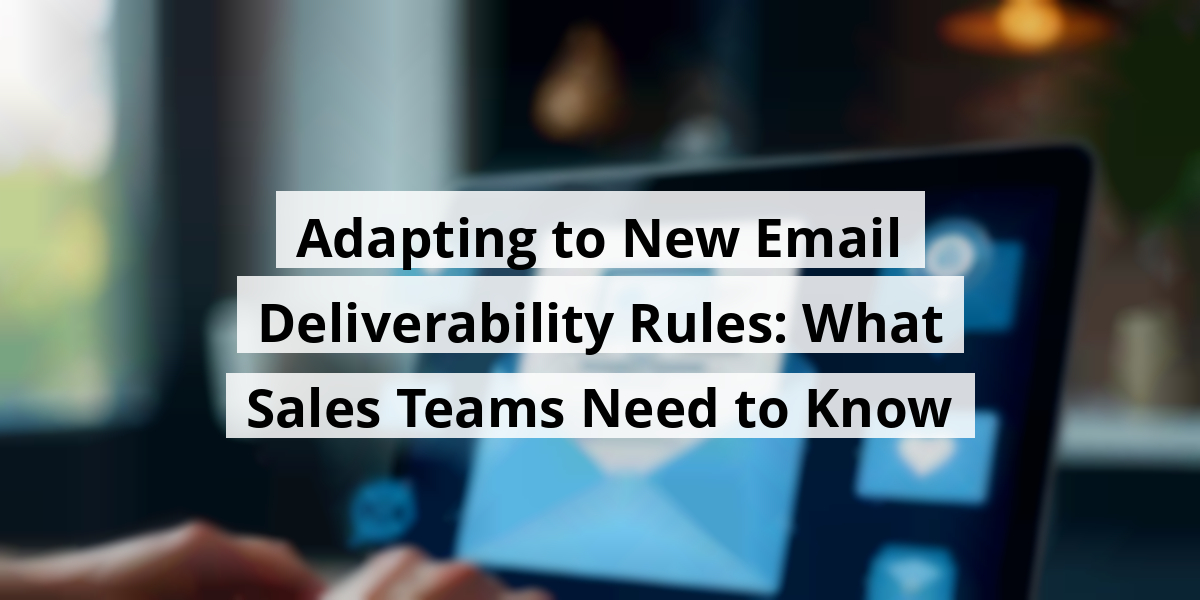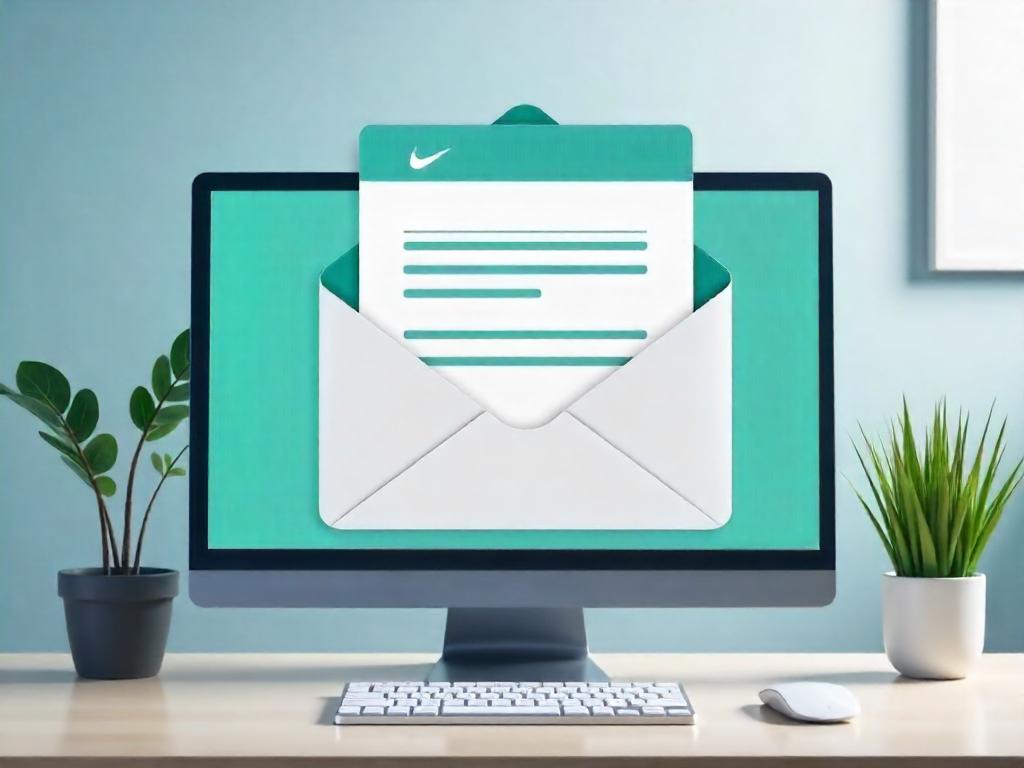 LIMITED SPOTS
All plans are 30% OFF for the first month! with the code WELCOME303
LIMITED SPOTS
All plans are 30% OFF for the first month! with the code WELCOME303

 LIMITED SPOTS
All plans are 30% OFF for the first month! with the code WELCOME303
LIMITED SPOTS
All plans are 30% OFF for the first month! with the code WELCOME303


Now we are going to talk about some interesting shifts in how we send emails, especially for those of us who rely on bulk communication. Believe it or not, email isn’t just about hitting “send.” There’s a whole jukebox of rules playing in the background now thanks to Google and Yahoo, and it’s getting a little funky!
Let’s face it, we’ve all been participants in the great email showdown; one minute your shiny marketing email is hitting inboxes, and the next it’s riding the spam express train to lost opportunities.
This shift isn’t just a trend; it’s their way of saying, “Hey, we’re serious about quality here.” So, if we want our emails to dance the night away in the inbox instead of hiding away in the spam folder, we must pay attention to these rules.
It might feel overwhelming at first, but it’s all about being proactive. Make sure your email practices are up-to-date, and if you think that these changes feel like a small crisis, just remember how stressed we were during the last episode of that dramatic reality show—at least the results are more impactful this time! The stakes are high, and our email game must be sharp.
As we head deeper into the email landscape, adapting to these changes will not only keep our emails relevant but also improve engagement. After all, an engaged audience is a happy audience, and nobody wants to be the spam villain in their story.
Let’s keep the inboxes buzzing positively—because who doesn’t love a good chat in the digital space without unwanted interruptions? Happy emailing!
Now we are going to talk about the timeline Google has set for enforcing email standards. Buckle up, because it’s a curious ride!


Google has decided to roll out its enforcement a bit like how one might fare at a buffet—take it slow and gauge the appetite.
Initially, those bulk senders who weren’t up to snuff faced only temporary hiccups with a small fraction of their emails. Sort of like when your Wi-Fi cuts out in the middle of streaming your favorite show; annoying, but not the end of the world. You adjust and carry on.
Come April 2024, however, the stakes were raised. Google started outright rejecting a portion of emails from those non-compliant senders. Think of it like a bouncer at a club—it’s all fun and games until you don’t meet the dress code.
This rejection rate was no one-time deal, either. It was set to gradually creep up over time, much like the way your neighbor’s new fence keeps expanding into your yard. So, it’s essential for senders to adapt quickly or risk facing the email equivalent of getting shut out on a Friday night.
For us marketers and senders, it’s crucial we keep our email practices in check. So let’s break down what we need to focus on:
By staying ahead of the game, we can avoid those pesky rejections and ensure our messages land where they belong—right in the inbox!
So, as we keep an eye on this enforcement timeline, let’s keep our spirits high. After all, email is not just about reaching people, it’s about making connections.
Now we are going to talk about the ins and outs of email deliverability and how to keep our messages sailing smoothly into inboxes without running aground in the dreaded spam folder.

Let’s face it: the world of email is more complex than understanding why your Uncle Bob still uses a flip phone. Email Service Providers (ESPs) like Google have become the gatekeepers of our carefully constructed messages.
With the tightening of protocols like SPF, DKIM, and DMARC, it’s essential we step up our email game. If we don’t, our well-written notes may land in spam purgatory or, worse, get lost in cyberspace altogether.
Getting a handle on this new email landscape is key. So, let's demystify some important jargon:
Properly setting up these protocols is essential for keeping our email reputation spotless. For sales teams, it translates to ensuring every outgoing email is in tip-top shape to maintain credibility. Because who wants their emails treated like yesterday's leftovers?
However, here's the kicker: Google has established strict spam thresholds. Bulk senders need to keep their spam rates below 0.10%. If we hit 0.30%, mails are destined for the Bermuda Triangle of inboxes. Can you imagine if 4 out of every 1,000 emails we sent were marked as spam? We’d not only risk our own inbox but potentially end up with a suspended account for the entire company. Yes, that includes the CEO and everyone else! It’s like the entire office suddenly having an unscheduled email vacation.
| Email Protocol | What It Does |
|---|---|
| SPF | Validates sending servers for your email domain. |
| DKIM | Confirms that the email hasn’t been altered on its journey. |
| DMARC | Sets policies for how to handle unauthorized emails. |
Staying on top of this isn’t just smart—it’s essential. If we want our emails to see the light of day, a little diligence goes a long way!
Now we are going to talk about ways to effectively enhance email deliverability, ensuring your messages land where they belong - right in the inbox. Spoiler alert: There's a bit more to it than just hitting "send." Let’s jump into the nitty-gritty!
Email marketing is like throwing a party; you want everyone to show up and have a great time! To keep your guests—or in this case, your recipients—coming back for more, we need to be proactive. Here are some not-so-dull ways to improve email deliverability:
Think of your email lists like a garden. A little TLC goes a long way! Regularly clipping away outdated addresses can prevent unnecessary bounce-backs. Imagine pouring your heart into a heartfelt email, only for it to land in a "dead-end" inbox. Ouch! Even the best email service providers set up traps for outdated email addresses, aimed at spotting spammy behavior. Scrubbing your lists can save you from setting off those alarm bells.
Using a recipient's first name is like putting sprinkles on a cupcake—nice, but not enough to stand out! Personalization is key. Make it relevant! Think about how you tell a friend about a movie they’d love. Weave in their hobbies or quirks, and you'll see engagement soar. Content that resonates is less likely to be marked as spam.
Let’s get technical. Setting your SPF, DKIM, and DMARC records sounds intimidating, but it's about as complicated as assembling IKEA furniture—once you get the hang of it! Did you know that over 60% of SaaS companies have messed up these settings? If Google spots incorrect records, your precious emails have a ticket to the spam folder. Online tools like MXToolbox help make short work of checking whether your records are in order.
Using a secondary domain is like having a secret backup umbrella on a rainy day. If someone reports your main domain as spam, you risk getting drenched in negativity! By keeping a separate domain for marketing emails, you can continue to operate with minimal fuss. Sales teams especially benefit from this multi-domain strategy to keep things running smoothly.
Regular performance checks are like checking your tire pressure before a road trip. You wouldn’t want to hit the road with a flat! Using tools to monitor DMARC compliance helps identify issues before they snowball. Also, keep your finger on the pulse of your spam rate—an increase might mean it's time to shake things up a bit in targeting or content.
Although you can’t control if someone clicks that "spam" button, you can make it less likely. Timing is one element to keep in mind; avoid sending emails when everyone else is blasting theirs out. We can also implement preference centers, letting users choose their email frequency. Empowering subscribers paves the way for healthier engagement — it’s a win-win!
Next, we are going to talk about some savvy strategies for sales teams to maintain their email deliverability game. It's about staying on the ball and keeping those inboxes warm and welcoming!


Now we are going to talk about some recent insights from industry wizards on email strategies and how to keep things running smoothly in the digital sphere. Buckle up; it’s going to be a bumpy but enlightening ride!
Recently, we caught up with the dynamic duo, David Kreiger from SalesRoads and Taylor Haren of Sales Automation Systems. Their discussion on a recent episode of the TEMPO podcast was like a refreshing cup of coffee on a Monday morning—just what we needed!
Kreiger shared some juicy tidbits about the shifting landscape in email marketing. He mentioned that while the earlier frenzy over new regulations felt a bit overhyped, there’s no denying that Google and other Email Service Providers (ESPs) are serious about spicing up user experience. Think of it as cleaning out your fridge—no one wants to find expired items lurking in the back, right?
Haren jumped in with some solid advice, highlighting how crucial it is for businesses to buckle down and prepare. He noted that tighter regulations are probably on the menu, just like a surprise visit from relatives you haven’t seen in a while. He pointed out that building a strong email infrastructure is like building a fortress. For those sending out heaps of emails, this is non-negotiable.
Even if your company is just sending birthday emails to customers, it’s essential to keep things legit and above board. The last thing we want is for those heartfelt messages to end up in the dreaded spam folder! So here’s what we took away:
Kreiger and Haren made it clear that being proactive is essential. It’s like trying to catch water before it spills; why wait for a mess to clean up if we can prevent it in the first place? If you want the inside scoop from their discussion, be sure to give it a listen. Who knows, you might find just the advice you were looking for to keep your email campaigns afloat!
Now we are going to talk about the recent twists and turns in email deliverability and their implications for sales teams.

It seems like just yesterday when we could send an email and trust it would land in a recipient's inbox and not get lost in the digital Bermuda Triangle. Yet, recent changes in email deliverability remind us all of the importance of respecting our readers and their inbox space.
For sales teams, this isn’t just about dodging fines or unwanted attention from those email watchdogs. It’s more about safeguarding the trust and credibility that we so carefully build over time. Think of it like this: you wouldn’t invite someone to your home for dinner, only to serve them burnt toast and expired milk, right?
Understanding the technical whys and hows of email systems is more crucial than ever. If you’re like many, you may even feel a tiny headache coming on just thinking about it! But don’t worry; it’s all manageable. Best practices are key to keeping those inboxes happy and healthy.
Here’s how to make sure you don’t end up in the spam folder:
As the email landscape continually shifts—like trying to keep your balance on a seesaw with a particularly bouncy friend—only those who adapt will triumph in reaching their audiences. Getting left behind is not an option, especially considering how competitive the sales world has become!
| Best Practices | Benefits |
|---|---|
| Cleaning Mailing Lists | Enhances receiver engagement and reduces bounce rates. |
| Mobile-Friendly Emails | Increases chances of reader interaction. |
| Subject Line Integrity | Boosts deliverability and keeps you out of spam. |
| Regular Engagement | Builds rapport and keeps the reader’s interest alive. |
So, let’s keep that email game sharp! Embracing these changes means we’re not just sending emails; we are crafting conversations, which is a completely different kettle of fish!

